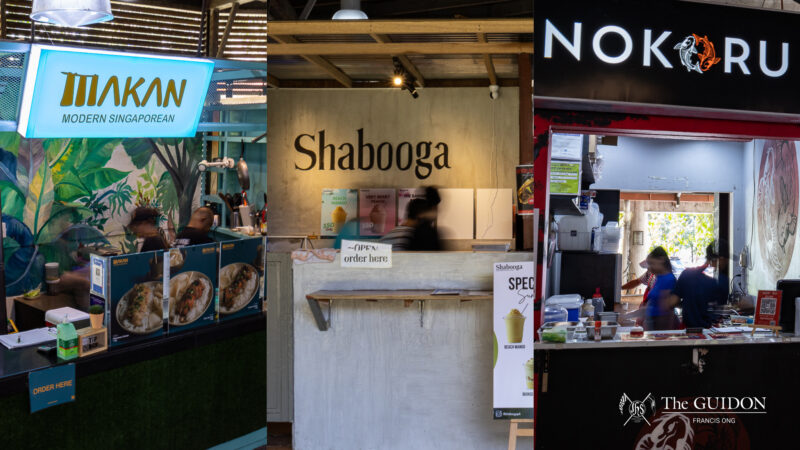 SOCIAL MEDIA are not just about the social networking sites we’ve all come to know and love. When coupled with an Android operating system and a huge dose of creativity, it may be utilized to educate Filipino youth.
SOCIAL MEDIA are not just about the social networking sites we’ve all come to know and love. When coupled with an Android operating system and a huge dose of creativity, it may be utilized to educate Filipino youth.
Out of 67 teams from different Philippine universities, three Atenean Computer Science Masteral students emerged victorious in the 1st National Inter-School Andriod Challenge.
Dubbed Siklab, the team consisted of Michael Syson, Kenneth Llanto and Raphael Alampay, with Jeffrey Jongko as their mentor.
Their mobile learning game entry called ABAKADA was designed to help the Filipino youth improve their vocabulary and reading skills through collaborative activities that involve drawing, taking pictures and audio recording.
The National Inter-School Android Challenge was held on October 15 at De La Salle University-Manila. Its primary goal was for participants to make productive applications for Android phones.
Literacy through gaming
According to Syson, their product was based on a game created by Matthew Camp. The game, according to Syson, was created to improve literacy amongst Chinese children. “We wanted to apply the same idea here in the Philippines,” he said.
The Philippine version of the game used the same basic features of an Android phone, such as the camera and audio recorder.
In creating the application, the team put a premium on the game’s social aspect and the operating system version. The team opted to use Android 1.5, the lowest code of Android, to ensure that the application would work on newer versions of the operating system.
Simpler, more effective
According to Jongko, the team’s product was different from the other entries in the competition mainly because the team had a unique take on the social aspect requirement and also because it wasn’t as high tech as the other products.
Jongko explained that in ABAKADA, interaction between players is live, instead of online. “One group or person does something—they can write, draw, record and then the other group or person [can] try to guess it.”
He also added that the application’s simplicity was what made it stand out.
“[ABAKADA] may have used common features like audio recording and [picture-taking], but the combination of all these basic features is what makes this application stand out,” he said.
Individual and team effort
Alampay, who had the most experience in Android programming, took a lead role in overseeing their codes to make sure that they would eventually work together.
Data was also uploaded on social networking sites such as Facebook.
“In the site [users could] see our application, how it works, what it [is] all about, and try it so that we can get their feedback [on] it,” said Alampay.
While Alampay was tasked with standardizing the codes and getting user feedback on the game, Llanto worked mostly on the audio and the graphics.
Syson meanwhile managed the whole process, making sure that all the members’ works were in sync and that they were doing things on time.
Despite having done individual work, Llanto said that ABAKADA was still a product of team effort.
“It is actually hard to [distinguish] that ‘I did this and he did that’…because we all edited each other’s codes and checked on each other’s work.”
Jongko said that the team was able to come up with their product because they were able to make something creative out of “common things.”
“But sometimes, these common things can create new products which are interesting. What makes these things special is the way you combine the things you normally wouldn’t think of,” he said.






